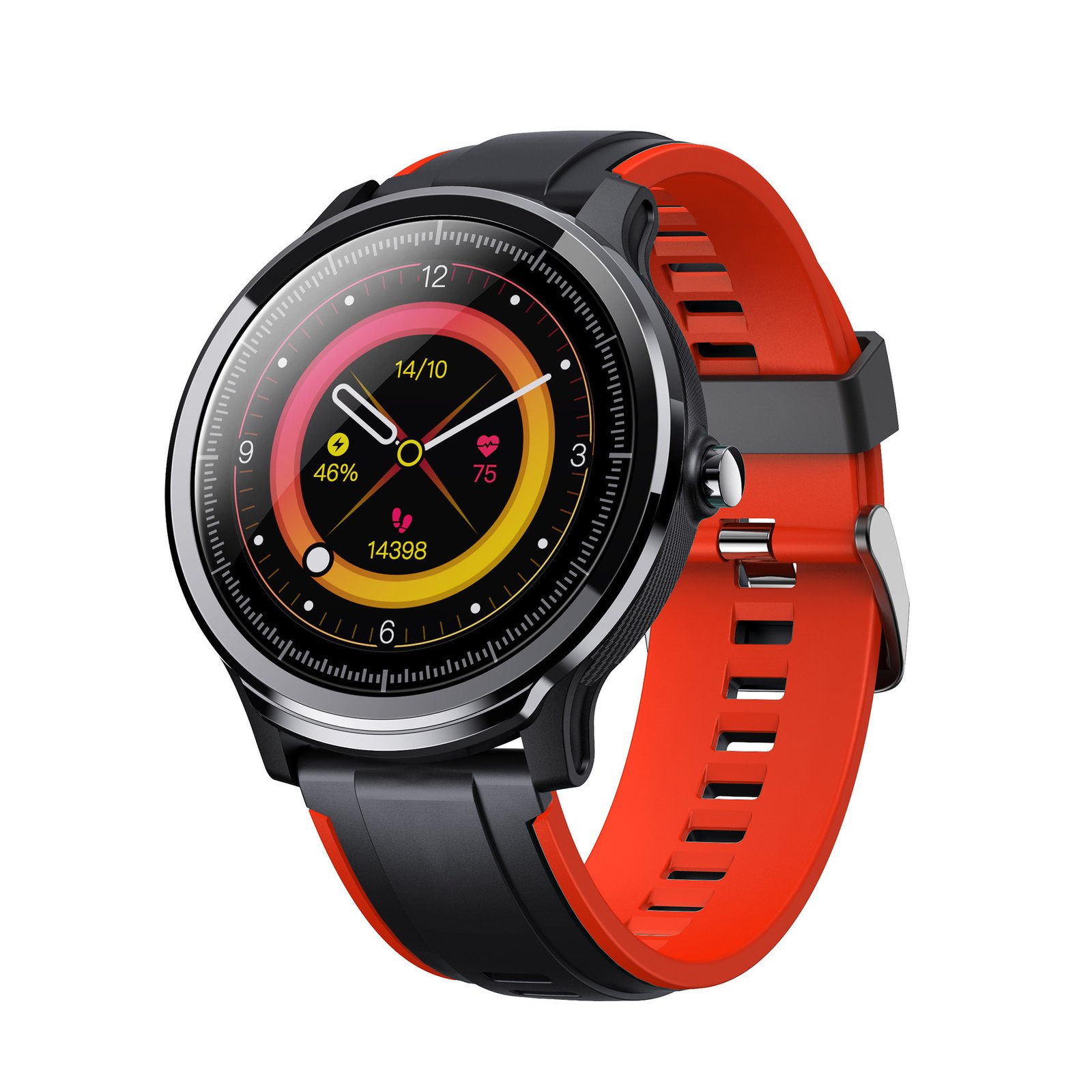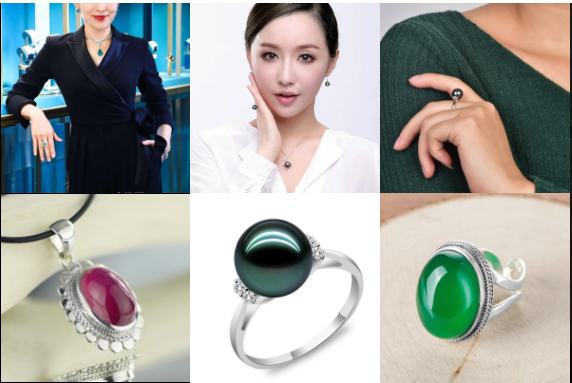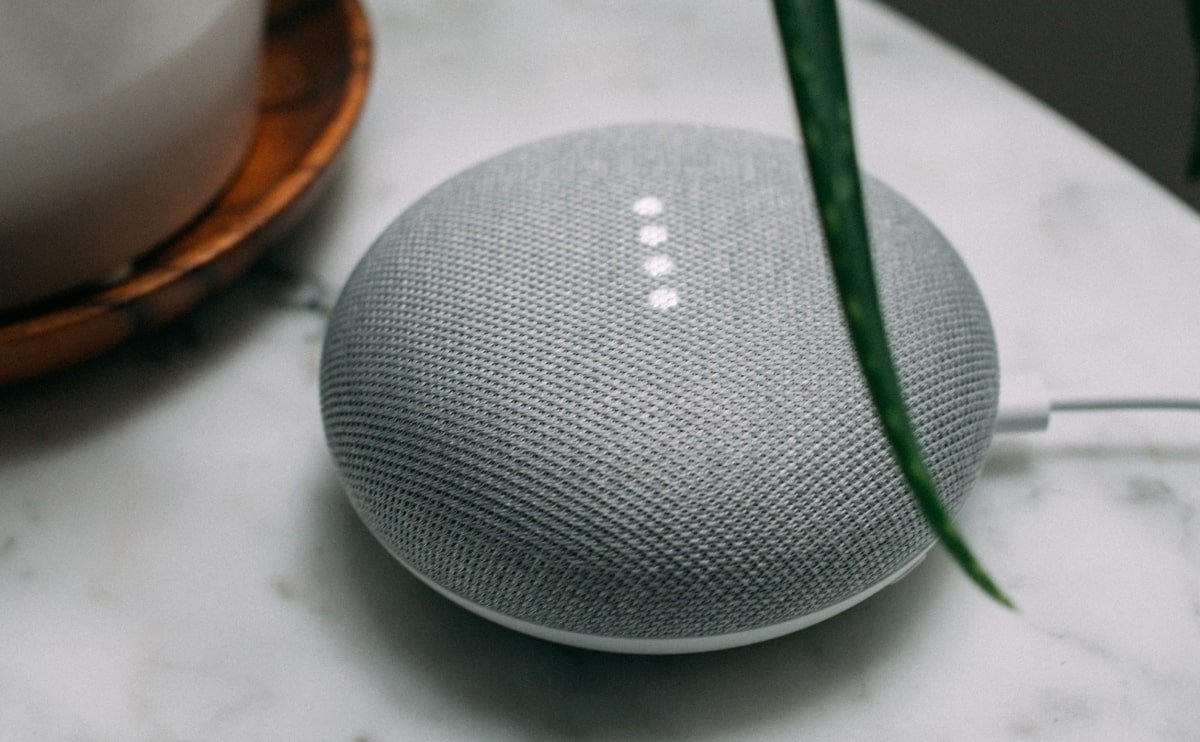2025 Smart Health Watch Industry Trends

1. Market structure: Ecosystem drive and domestic rise
Global market growth accelerates
Shipment volume: In Q1 2025, global shipments of wearable wristband devices reached 46.6 million units, a year-on-year increase of 13%, with basic watches and smart watches becoming the main growth categories.
Competition among top brands: Xiaomi returned to the top of the global list with a growth rate of 44% (shipments of 8.7 million units), mainly relying on HyperOS ecological synergy and cost-effective strategies in emerging markets (Southeast Asia and Latin America grew by more than 35%); Apple ranked second with 7.6 million units, and Huawei increased by 36% year-on-year to 7.1 million units, ranking third.
China market stratification: Huawei leads with a 20% share, followed by Xiaomi (19%) and OPPO (16%), and Apple's share fell to 13% (fifth place). Local brands continue to squeeze international giants with localized health functions and price advantages.
Ecological competition replaces hardware competition
Xiaomi integrates bracelets, mobile phones, and automotive equipment through HyperOS to achieve data interoperability and user retention;
Huawei builds a closed loop of "hardware + health platform + subscription service", and Huawei Health App is accelerating global promotion to strengthen the value of medical-grade data services;
Garmin launches Connect+ subscription service to increase user stickiness through value-added data analysis.
⚙️ II. Technology Trends: Health Monitoring and Interaction Revolution
Popularization of Non-invasive Medical-grade Monitoring
Blood Glucose Monitoring: Samsung Galaxy Watch 8 Classic and Huawei WATCH 5 both support non-invasive blood glucose trend analysis, pass EU medical certification, and have an error rate close to that of traditional blood sampling equipment.
Cardiovascular and Whole Body Health: Huawei X-TAP Smart Window integrates ECG/PPG sensors, completes fingertip blood oxygen detection in 10 seconds, adds hypertension risk research, ovarian function assessment and emotional health analysis, and expands micro-physical examination items to 17 items.
Dynamic Accuracy Improvement: Huawei TruSeen 5.5 algorithm reduces the error of dynamic heart rate monitoring to 2bpm, supporting professional health decisions.
AI interaction and cross-device collaboration
Voice and gesture control: Huawei WATCH 5 supports swipe/tap gestures to answer calls and control smart homes; Xiaoyi voice assistant can link 100+ functions, such as diet records and exercise goal setting.
Car connection ecosystem: Huawei launched the Star Flash car key function for the first time, with a positioning accuracy 5 times higher than Bluetooth, realizing a smart car connection experience of 10-meter welcome and 3-meter unlocking.
Generative AI applications: Health scoring system, personalized exercise suggestions and conversational virtual assistants are gradually becoming flagship standard features.
⌚️ Third, product innovation: scenario-based and professional
Inventory of flagship health watches
Huawei WATCH 5: HarmonyOS NEXT independent system, 14-day battery life, medical-grade health monitoring, priced from 2,699 yuan (15% national subsidy discount); Samsung Galaxy Watch 8 Classic: titanium bezel, LTPO adaptive screen, AI health advice, mainly for people with diabetes management; Lanbang Watch Ultra: Android system + 6GB memory, supports independent operation of mobile games such as "Peace Elite", positioning "wrist phone"; Apple Watch Series 10: Added golf swing sensor, enhanced sports scene data accuracy, and continued iOS ecological advantages.
Explosion of subdivided scenarios
Elderly care: The demand for fall detection + emergency call functions has surged, accounting for 30% of the sales of health bracelets;
Outdoor sports: Lanbang accesses the "Two-Step Road" platform to provide 35 million hiking routes, and Garmin strengthens diving and mountaineering professional modes;
Business scenarios: OPPO Watch 4 Pro supports eSIM independent communication, and the design takes into account both business and leisure.
⚖️ Fourth, industry challenges and growth opportunities
Core challenges
Privacy and data security: In 2024, the global smart watch data leakage loss exceeded US$1 billion, and the EU plans to introduce new regulations on privacy protection of wearable devices;
Technical cost pressure: The high cost of R&D of non-invasive blood glucose sensors has led to the general price of related models exceeding 2,500 yuan;
Homogeneous competition: 200+ brands are fighting, and the mid- and low-end markets are caught in a price war, and the profit margin is compressed to below 15%.
Growth engine
Policy drive: China's "14th Five-Year Plan" promotes health technology, and some cities will include smart monitoring equipment in medical insurance subsidies;
Replacement cycle: 600 million devices sold in 2021-2022 will enter the battery life replacement period, and demand will be released in 2025;
Emerging market potential: The penetration rate of smart watches in India and Southeast Asia is less than 10%, and Transsion has doubled its share with its localization strategy.
🔮 V. Future trends: Paradigm reconstruction from hardware to ecology
Intelligent health management
The focus of monitoring has shifted from "tracking" to "prevention", and AI prediction models (such as hypertension and sleep apnea risks) will cover 80% of flagship products;
In-depth cooperation with medical institutions: Shanghai Ruijin Hospital conducted hypertension research based on Huawei data, promoting health watches to become "personal health terminals".
Sustainability and personalization
Popularization of environmentally friendly materials: Apple and Huawei promise carbon neutrality by 2030, and the application rate of recycled aluminum and bamboo fiber straps will exceed 40%;
The rise of customized services: Omega co-branded customized dials, Huawei GT Studio customized applications, enhance user exclusive experience.
Technology integration is accelerating
6G and satellite communications: MediaTek promotes 5G-Advanced satellite chips, which may support emergency satellite calls in 2026;
Flexible screens and new materials: OPPO develops a three-fold screen concept watch, and the diamond-like crystal-plated diaphragm increases the hardness by 300%, extending the high-frequency sound range.
💎 Summary: In 2025, the smart health watch industry has entered a new stage of "medical-grade precise monitoring + scenario-based ecological services". Local brands rely on technology accessibility and policy dividends to seize the market, while international giants use AI and cross-end collaboration to consolidate their high-end advantages. The core of future competition will shift from hardware parameters to health data value mining and sustainable service ecosystem construction. At the same time, privacy security and emerging market development will become the industry watershed.
Condimentum enim

More smartwatch purchase links:
https://aisivo.com/product-category/electronics/page/3/?per_page=24
71 Pilgrim Avenue
Chevy Chase,
MD 20815









